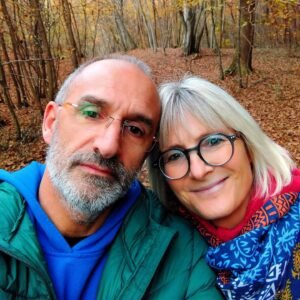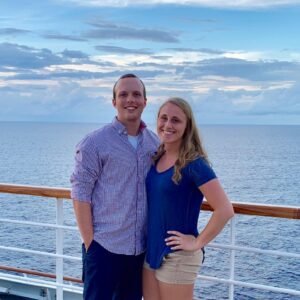As a result of the invasion of 1941 and as a consequence of the signing of the Protocol of Rio de Janeiro, the old Ecuadorian population of Rocafuerte remained in territory that the Peruvian took from us, but its inhabitants withdrew and founded Nuevo Rocafuerte
The new population was raised on November 2, 1944 and inaugurated on January 22, 1945 thanks to the will of three brave and young Josefin missionaries, with the purpose of replacing the population that had been taken away in 1941. They were present at said foundation the Vicar Apostolic Monseñor Maximiliano Spiller and Tnte. Hugo Moncayo, of the Ecuadorian army.
On April 30, 1969, when the Aguarico canton was created, it was erected as its head. During the Peruvian invasion of Ecuador, in 1941, Rocafuerte (currently Cabo Pantoja) was taken by the Peruvian army after defeating the military garrison.
Ecuadorian. As a result of the armed conflict, the inhabitants of that time founded the town of Nuevo Rocafuerte on January 22, 1945, in the government of José María Velasco Ibarra.
The Nuevo Rocafuerte parish is located in the Aguarico cantón, Orellana province, in the eastern region of Ecuador.
It is 11,402.79 km2.
Jatun Cocha lagoons, Braga, Tambococha, Yasuní river
The Aguarico cantón is part of the very humid tropical region of the Ecuadorian Amazon with an equatorial climate, between altitudes of 65 to 600 meters above sea level.
Annual average between 23.0 ° C and 25.5 ° C.
Aguarico according to the census carried out in 2010 is of 4,847 inhabitants: Women: 2,195 and Men: 4,847.
The flora of the area is very interesting since rare species have been registered in this area, as well as a new genus for science from the Apocynaceae family. During the journey you can see representative plant species of flooded forests such as chontilla, camucamu, a diversity of orchids, as well as typical trees of the mainland forest such as ceibo, cedar, guayacán, among others.
Fauna
It has a variety of birds such as the needle duck, great heron, macaws, among others.
In the area of the lagoons you can find alligators, charapas turtles, dolphins (gray and pink), sea lions, manatees, species that are in danger of extinction.
The Garzacocha lagoon
Is one of the most visited attractions in the area. Its waters are formed by the Garza stream. It is located in the tropical rain forest and has green forest and black waters.







Todos los derechos están reservados. 2021 / Creado por Kreative-Studio.com